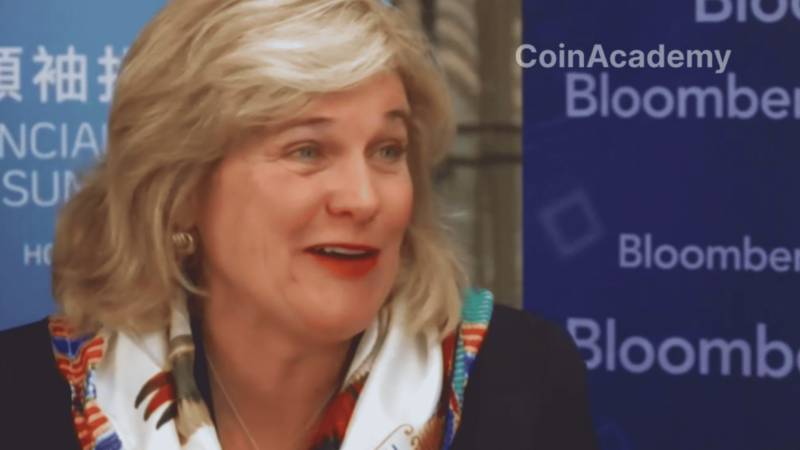Fidelity Launches Its Own Stablecoin and Enters the Tokenized Asset Market
Fidelity Investments is making a strategic move in the digital space by testing its own stablecoin. With nearly $6 trillion in assets under management, the asset management giant aims to strengthen its presence in the rapidly evolving market of tokenizing traditional financial products. This initiative is part of a larger trend, as Fidelity has also filed a request to create a digital version of one of its money market funds, directly competing with BlackRock and Franklin Templeton in a market worth over $5 billion.
An Initiative at the Heart of Digital Assets
Fidelity’s stablecoin, which is being operated through its specialized digital asset branch, is designed to serve as a digital equivalent of the dollar. This launch aligns with Fidelity’s strategic goal of participating in the tokenization of traditional financial products. The emergence of tokenized money market funds is further evidence of this trend. By offering tokenized assets with returns that can be used as instant collateral in financial markets, these digital financial vehicles have already attracted over $5 billion in investments, according to RWA.xyz data.
The Political Context: Washington’s Pro-Crypto Shift
This move is taking place against the backdrop of a rapidly changing regulatory landscape in the United States. The Trump administration, now back in power, has taken a radically different stance from its predecessor. Former President Donald Trump has expressed support for stablecoins backed by the dollar, provided that they are deemed “legal and legitimate.” Legislation is expected to be signed as early as August, potentially accelerating the adoption of these digital assets in the US financial ecosystem.
Stablecoins vs Tokenized Funds: A Battle for Legitimacy
While the market for stablecoins has surpassed $230 billion, with much of it being issued offshore, concerns over their role in fraud or systemic financial imbalances persist. Tokenized money market funds, on the other hand, are perceived as regulated and domestic deposits. However, they still face challenges in terms of depth and liquidity in secondary markets, where stablecoins enjoy wider and smoother adoption.
Tokenization as a Driver of Market Transformation
Cynthia Lo Bessette, Head of Digital Assets at Fidelity, believes that tokenization represents a structural revolution. She highlights the use of digital assets as collateral to meet margin calls in complex transactions, which could fundamentally enhance the efficiency of capital markets.
A Fierce Competition Ahead
Fidelity is not alone in the stablecoin race. World Liberty Financial, a crypto project supported by Trump and his sons, has also announced the launch of its own digital currency backed by short-term Treasury bills. This signals the start of a new stablecoin war, as traditional asset managers and crypto players seek to take control of this market.




